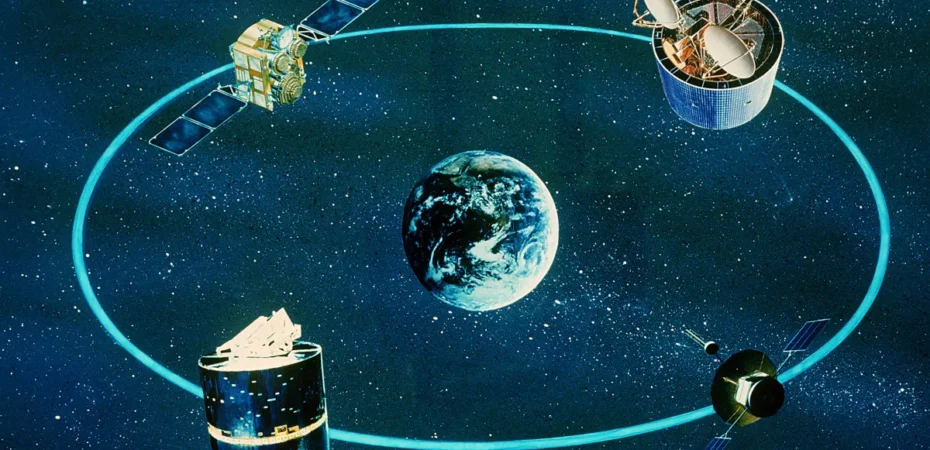There has been a recent surge in interest in Direct to Device (D2D) services powered by LEO satellites. D2D services enable smartphones and IoT devices to connect directly to satellites in LEO without communicating with intermediary ground stations or cell towers. D2D LEO-sats are able to relay data directly from user endpoints through a constellation of satellites back to the ground. These services are particularly useful for where tradition cellular network coverage is limited, including remote locations, network outages, and maritime and aviation. The several growing LEO constellations are the foundations for these services. The industry is well-positioned for expansion, with plenty of room for economic growth and new users including organizations and individuals.
Major mobile network operators (MNOs) are exploring the potential to expand their coverage via LEO-sat operator services to gain a foothold in this emerging market and improve upon their current terrestrial networks. MNOs such as Verizon, AT&T, and T-Mobile are already seeking partnerships with LEO-sat manufacturers and operators to buy in early and secure a competitive position where they can keep current customers who may otherwise switch to another early adopter of D2D LEO-sat services while offering an advanced service that will attract new customers. D2D LEO-sat services allow for better, more consistent coverage than terrestrial networks and eliminate the need for traditional ground infrastructure.
By circumventing ground infrastructure, D2D LEO-sat services also enhance network resiliency and reliability. Space network infrastructure improves reliability by supporting communications with robust technology and removing terrestrial systems as a central node, an additional single point of failure. Natural disasters, cyberattacks targeting local telecom infrastructure, network congestion, and other threats to terrestrial mobile networks hinder the availability aspect of the cybersecurity C-I-A triad (Confidentiality, Integrity, Availability) compared to LEO-sat networks with many redundant nodes (each individual satellite in the constellation) that are able to receive, relay, and transmit signals anywhere around the globe. Additionally, service is improved by these emerging D2D LEO-sat networks compared to established GEO services, as their lower altitude results in lower latency. However, integrating space-based networks with current MNO networks would be a complex technological challenge, and faults in this integration could diminish the services of these providers. Since the industry is still emerging, there is a lack of non-terrestrial standardization, which can pose risks in that there is currently a reliance on proprietary solutions, and cybersecurity policies and controls are likely not equal across networks. However, further adoption of these services will promote investment in improved security and standardization. It should also be considered that increased direct connection to satellites can expose the satellites themselves to more direct attacks. If an attack were to propagate through a constellation, the damage to space-based infrastructure could be severe, which is why cybersecurity should be a primary focus in these services and a “shift-left” approach should be taken in the development of these satellites and services. The global exposure of these networks implies that data privacy controls, encryption, and defense of the satellites themselves will need to be extremely robust.
Ottolini, Enrico. “The Satellite Industry Cannot Ignore the Huge Potential of D2D Services.” SpaceNews, 13 Sept. 2024, https://spacenews.com/satellite-industry-cannot-ignore-huge-potential-d2d-services/.
